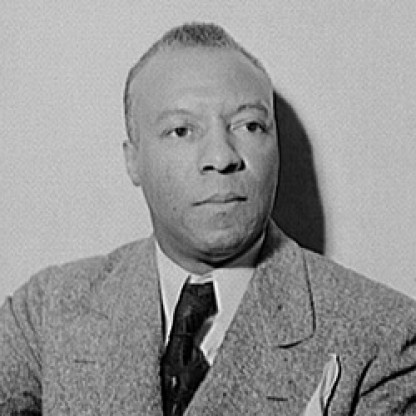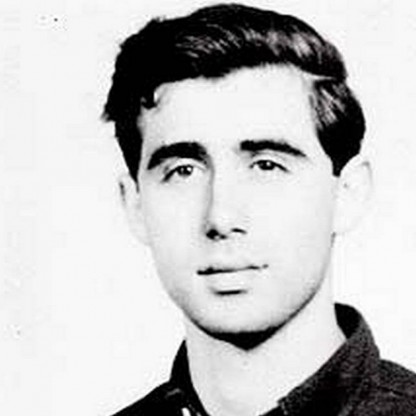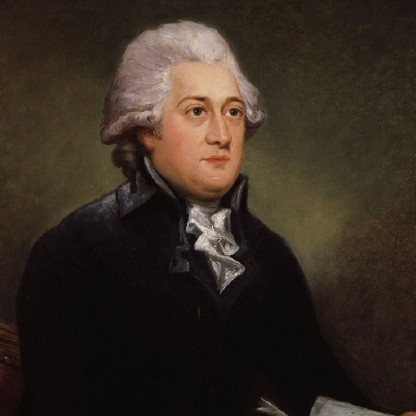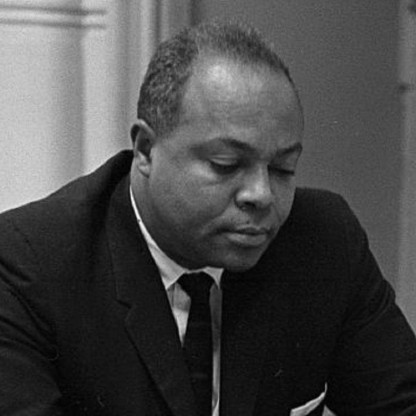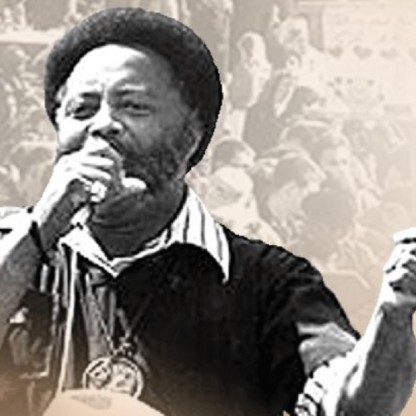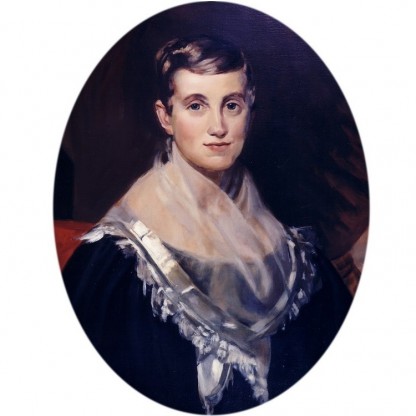A few years later, Farmer married Lula A. Peterson. She had been diagnosed with Hodgkins disease, so the two were told not to have children, because at that time pregnancy was thought to exacerbate cancer. Years later, they sought a second opinion. At that time, Lula was encouraged to try to have children. She had a miscarriage but then successfully had a daughter, Tami Lynn Farmer, born on February 14, 1959. A second daughter, Abbey Farmer, was born in 1962.
